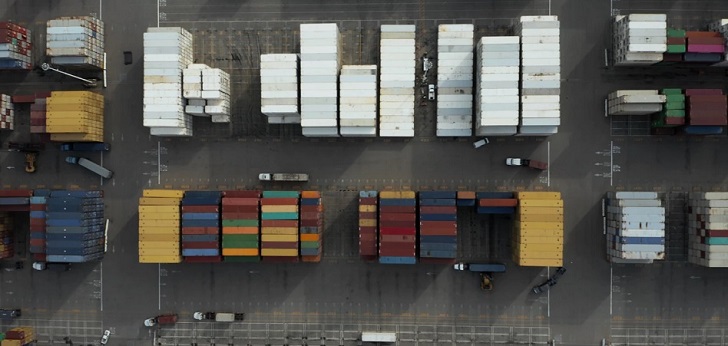Fashion gets more global: top ten importers’ share shrinks to 70%
The European Union, the United States and Japan continue to be the largest buyers of apparel on the planet, while South Korea and China speed up in the ranking.

Despite the current trade uncertainty, the fashion industry continues a clear globalization course. In 2005, the ten largest importers of clothing represented 90.8% of the total purchases in the sector. Thirteen years later, its share has fallen to 71.3%, according to the latest data from the World Trade Organization (WTO).
The share of the ten largest importers of apparel on the planet has shrinked despite they have continued to increase their imports. Europe, for example, continues to be the largest buyer of clothing after raising its imports by 3% in 2018, up to 204 billion dollars.
The United States, the second largest importer of clothing in the world, increased its purchases by 1% last year, to 92 billion dollars. Japan completes the top three. Last year it raised its imports of apparel by 8%, up to 30 billion dollars.
Despite continuing to increase its imports, Europe has shrunk its global share from 47.3% in 2005 to 38.4% in 2018; The United States, meanwhile, has increased it from 28.7% to 17.4%, while Japan has gone from 8.1% to 5.7%.
Beyond the major global buyers, South Korea, China and Switzerland have been the countries that have increased their imports the most in 2018, registering double-digit advances. South Korea, which takes the fifth position in this classification, raised its purchases by 16% in the last year, placing them at 11 billion dollars, the same amount as Canada.
China, on the other hand, increased its purchases by 14%, to 8 billion dollars, similar to Russia and Switzerland, which increased 13%. Top ten world importers of clothing put their purchases of clothing at 378 billion euros.
Its weight in all global imports also increased. In the case of South Korea, the country has gone from having 1% in 2005 to 2% in 2018; China, from 0.6% to 1.6%, and Russia, from 0.3% to 1.5%. Switzerland, on the other hand, has contracted it, from 1.6% thirteen years ago to 1.4% the previous year.
Also, in textile imports, the ten largest players have been losing prominence, going from generating 62.2% of global purchases in 2005 to 54.6% in 2018. The European Union, which continues to be the world's largest importer, reduced its purchases in 2018 2%, up to 77 billion dollars. In this regard, the common market has increased from 33.6% of total textile imports in 2005 to 23.1% last year.
Vietnam and Bangladesh are already the fourth and fifth largest world importer of textiles
On the contrary, new productive poles, such as Vietnam, Bangladesh and Indonesia, have gained prominence, which only in the last year increased textile purchases by 10%, 17% and 21%, respectively.
Vietnam and Bangladesh are now the fourth and fifth largest world importer of textile items. Their purchases have gone from representing 1.6% and 1.1% of the total in 2005 to 5.3%. Indonesia’s jump has been much greater, from 0.4% thirteen years ago to the current 2.1%.


info@themds.com
Validation policy for comments:
MDS does not perform prior verification for the publication of comments. However, to prevent anonymous comments from affecting the rights of third parties without the ability to reply, all comments require a valid email address, which won’t be visible or shared.
Enter your name and email address to be able to comment on this news: once you click on the link you will find within your verification email, your comment will be published.